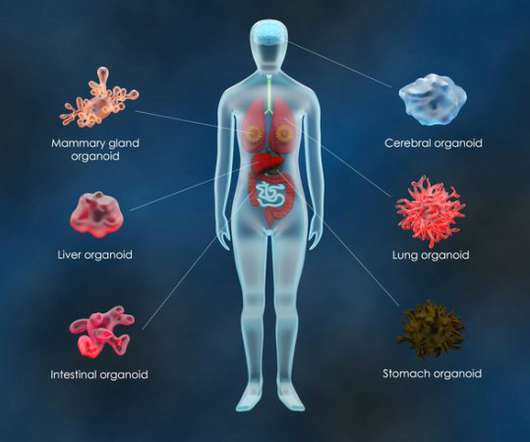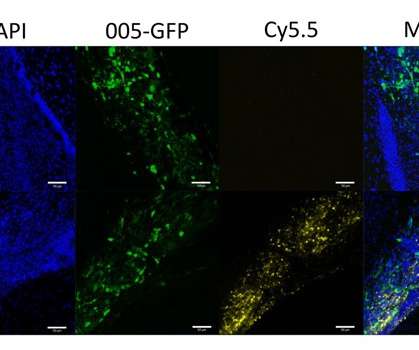Exa-Cel CRISPR Gene Therapy for Sickle Cell Disease Deemed Safe by FDA Advisory Panel
XTalks
NOVEMBER 3, 2023
CRISPR works as genetic scissors to edit parts of the genome. The CRISPR-Cas9 gene editing system was first discovered to be endogenous in bacteria. Given the system’s powerful ability to make cuts in genes in a precise manner, the system is being leveraged in gene therapies.














Let's personalize your content